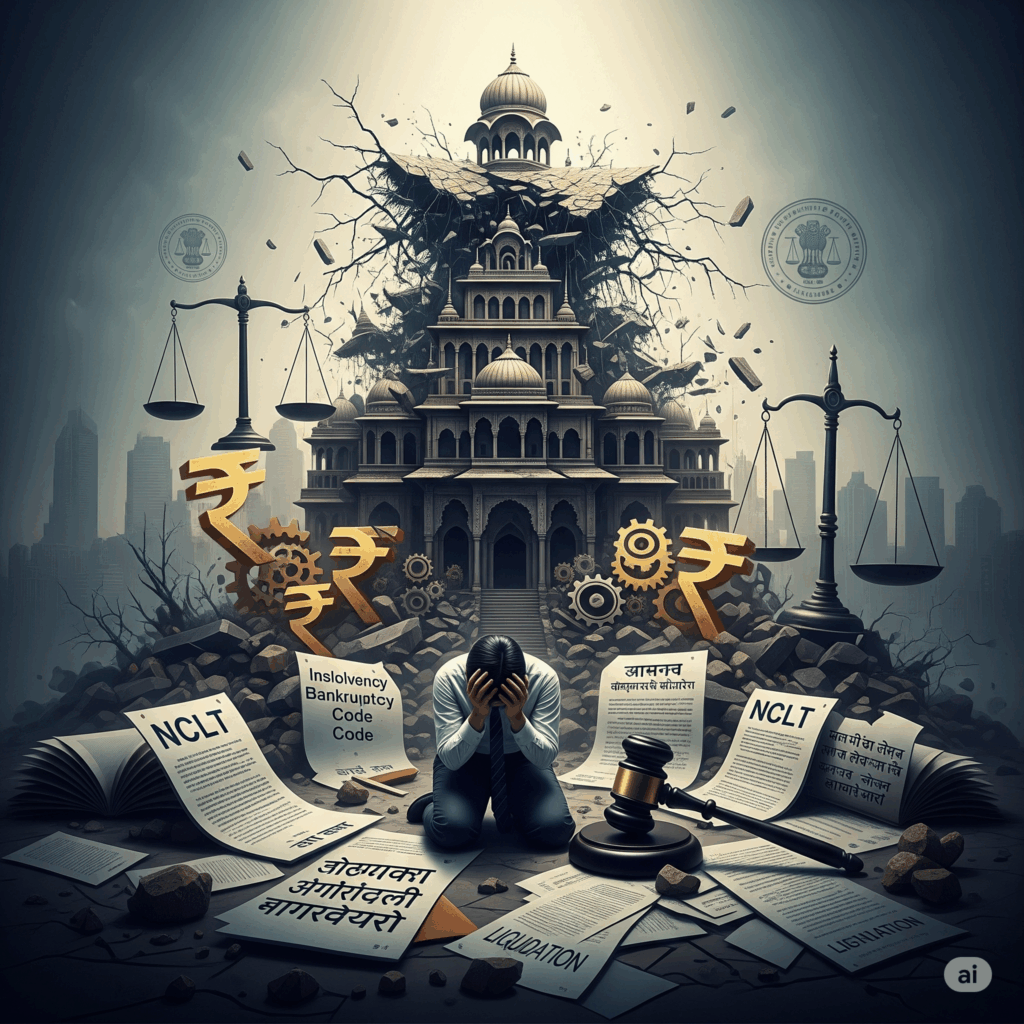A Critical Look at India’s Insolvency and Bankruptcy Code: A Tale of Two Valuations
The Insolvency and Bankruptcy Code (IBC) of India, a landmark piece of legislation, was designed to streamline the resolution of corporate insolvencies. At its core, the law mandates the determination of two key figures for a corporate debtor: Fair Value and Liquidation Value. These valuations are not mere formalities; they are intended to be the pillars of a transparent and equitable process.
The Fair Value serves as a crucial benchmark for all stakeholders. For creditors, it’s a tool to assess the adequacy of proposed resolution plans and determine their potential recovery. For resolution applicants—the potential buyers of the distressed company—it provides an honest appraisal of the asset’s worth, allowing them to structure their bids accordingly. By establishing these values, the IBC aims to prevent the undervaluation or overvaluation of assets, ensuring accountability and safeguarding the interests of everyone involved. This valuation process is meant to facilitate an efficient allocation of resources, ensuring that a company’s assets are sold at a price that maximizes recovery for creditors and benefits the broader economy.
The Unseen Cost: A Promoter’s Ordeal
Despite the noble intentions of the law, a critical “catch” in the IBC framework exposes a profound imbalance. The valuation process, conducted without the promoter’s input, becomes a double-edged sword. While the law seemingly seeks to balance the rights of creditors and debtors, the reality for a promoter is often one of overwhelming loss and humiliation.

The promoter, who is often the personal guarantor of the corporate debt, bears the full brunt of the insolvency proceedings. First, they lose the company they built with their “sweat and blood,” and then their personal assets are targeted to fulfill the guarantee. What’s more, the Committee of Creditors (CoC) seems to operate with impunity. COC responsibility There is no accountability when a company is sold at a fraction of its fair value, and the promoter, barred by law from bidding on their own company, is relegated to a helpless spectator.
This system raises a fundamental question: was it the legislature’s intent to create a process that allows a life’s work to be ruined and a promoter’s integrity to be questioned? The promoter, who was responsible for creating the very value that is now being sold off, is left with no say and no recourse.
The cautionary tale of Su-kam is a stark example of this systemic flaw. In April 2018, a company with a ₹500 crore annual revenue, a vibrant market presence, and a functioning workforce, was taken over under the IBC. Its fair valuation was initially assessed at around ₹300 crore. However, under the supervision of a Resolution Professional (RP) and the CoC, the company was allowed to decay. It accumulated more debt, was systematically stripped of its operational value, and eventually liquidated at a fraction of its worth. The banks, which had a chance to recover a significant amount, received a mere ₹8 crore as the company was sold during the covid period with the mala fide intentions and rest money is recovered by the banks revoking personal guarantee of the promoter.
The human cost was devastating. Thousands of employees lost their jobs, suppliers went bankrupt, and customers were abandoned without service support. The founder of Su-kam, who was ready to offer ₹250 crore with the help of a bank, was publicly humiliated, labeled a willful defaulter, and left to face legal battles. The market, in its ignorance, blamed the promoter for the company’s downfall. The promoter’s identity was reduced to a number of calls from angry customers and dealers. The brand, the properties, and the very legacy of Su-kam were acquired for a pittance, while the one who built it was left to endure relentless legal challenges and personal insolvency proceedings.
The current IBC framework risks destroying the very spirit of entrepreneurship in India. It tells the next generation that taking risks and building a business can lead to public shame and financial ruin, no matter the effort and success. The tale of Su-kam is not just a story of corporate failure; it is a testament to the need for a more nuanced and empathetic approach to insolvency—one that finds a balance between protecting creditors’ interests and ensuring justice and dignity for the entrepreneur.
